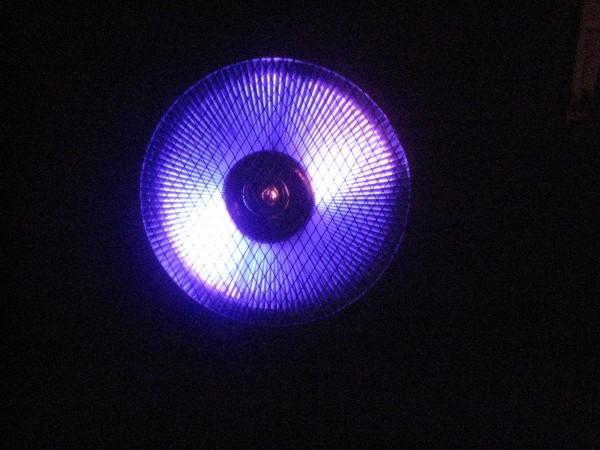As the COVID-19 pandemic rages, the reliance on disinfectants to sterilize and secure surfaces has witnessed a manifold increase. However, several of them contain compounds that can be harmful to human beings and the environment. Now, a study has found that the application of ultraviolet light (UVC) to these products can make them safer for people.
Numerous products that are currently being used for disinfection in households, hospitals, and food processing plants utilize a compound known as Benzalkonium chloride (BAK) as an active ingredient; they can be toxic in higher concentrations. Researchers from the University of Waterloo, using cultured corneal cells, demonstrated that exposing surfaces cleaned with these products to UVC can make them less harmful.
"As the pandemic continues, our findings are especially important as it provides another method to make our hospitals, food, homes, and the environment safer," said Dr. David McCanna, lead author of the study, in a statement.
Effective Yet Toxic

BAK is an organic salt. It has potent broad-spectrum antimicrobial properties against viruses, bacteria, and fungi. Therefore, it has widespread applications. It is used in personal care products (antiseptic creams, antimicrobial wipes, sanitizers, and contraceptives, among others), cosmetic products (facial lotions, makeup, cleansers, and sunscreens), and pharmaceutical products (nasal, eye, and ear drops), in varying concentrations. Due to its antimicrobial qualities, BAK is employed as a preservative in most of these products.
The need for regular sterilization has sharply risen due to the COVID-19 pandemic. Thus, the use of several commonly used disinfecting products such as floor cleaners, soaps, and toilet cleaners, among others, has seen an exponential increase. "With concerns about the spread of COVID-19, people are utilizing products with BAK as an active ingredient more than ever," noted Dr. Manlong Xu, lead author of the study.
Nevertheless, higher concentrations of BAK can be very toxic for humans, and not to forget, the environment. Ironically, enveloped viruses such as the SARS-CoV-2 require exposure to concentrations that are lethal to them; which are mostly high. BAK, however, is an irritant and can cause harm to the eyes and skin. Adverse allergic reactions can manifest as rashes, hives, dermatitis, blisters, and labored breathing, among others.
A Dose of UV

Therefore, in order to make disinfectant products witnessing a burgeoning use, the authors turned to UVC for answers. They exposed BAK solutions using germicidal ultraviolet-C lamps at different dozes. Next, human corneal epithelial cells (HCEC) were exposed to the irradiated solution for five minutes. The metabolic activity and cell viability of the cells were analyzed.
Miraculously, the authors found that the UVC neutralized the BAK solutions entirely. The solutions could not harm the cultured HCEC anymore. The researchers also observed that the nullified BAK solutions did not regain their toxicity even 24 hours after UVC exposure
"Our results show that a disinfecting procedure using BAK followed by UVC radiation can minimize the harmful effect of BAK residues on humans and the environment. Such a procedure also has a great potential to maximize the disinfection efficacy by utilizing two different antimicrobial mechanisms," emphasized Dr. McCanna.









